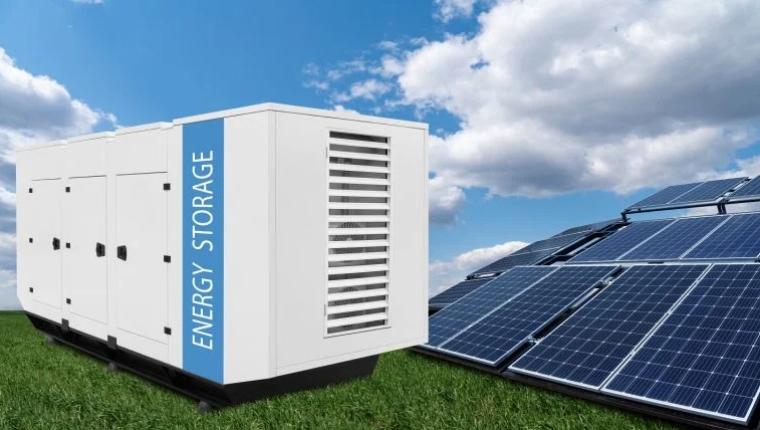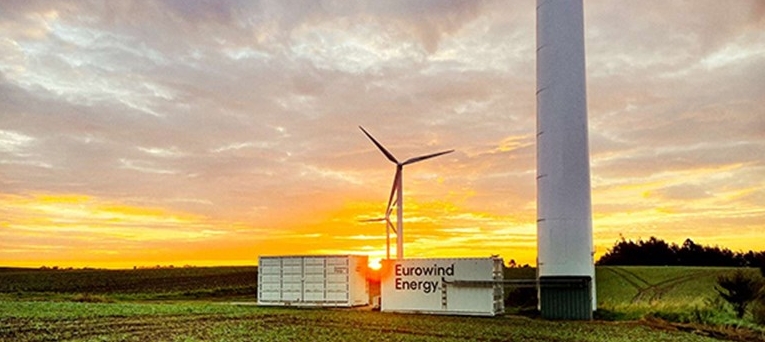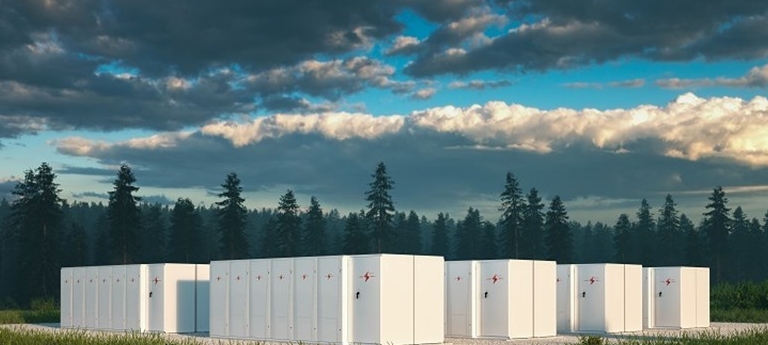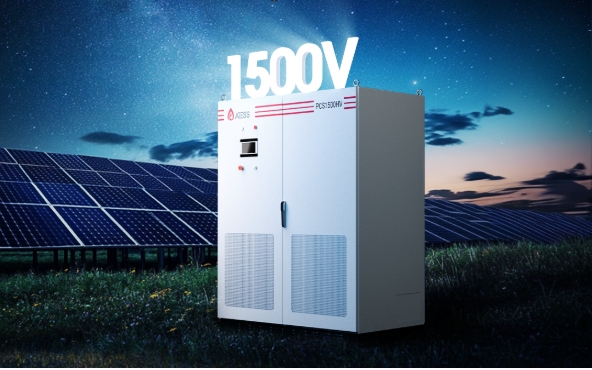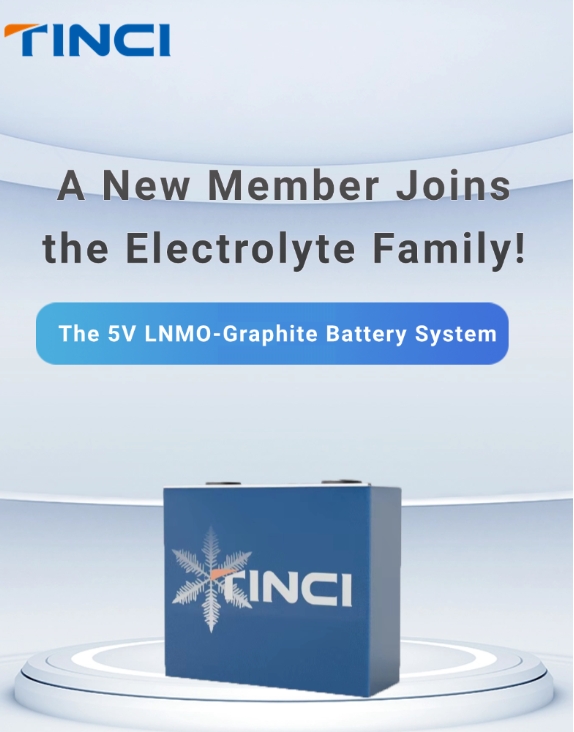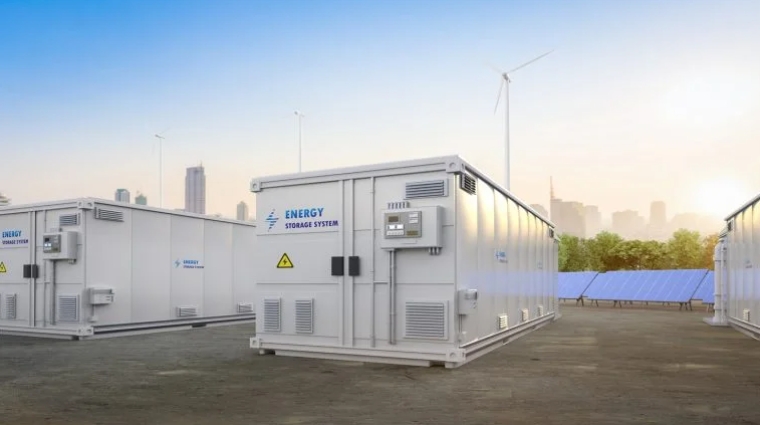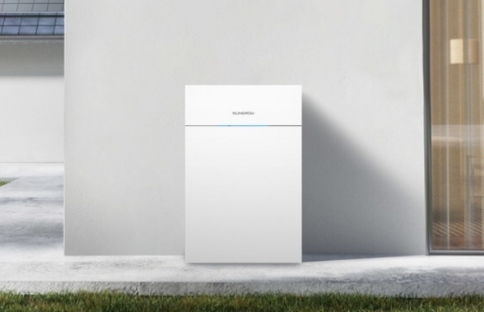As Tesla CEO Elon Musk continues to make a bet on renewables, Tesla battery patents are also rolling in. The most recent patent, though? An improvement to its existing lithium-ion battery chemistry that may even be transferable to technologies like grid energy storage.
This is possibly a step towards Musk’s goal to produce a million-plus mile battery, after having partnered up with a battery research team at Dalhousie University to test new ideas for longer-lasting, crack-proof rechargeable batteries.
Since then, however, researchers looked beyond the anode and cathode for optimization, hence the proposal of mixing new chemical additives for the ideal Tesla battery.
Tesla Battery Innovates on Number of Additive Elixirs
Optimal batteries have long lifetimes at high cell voltages and temperatures but are not too expensive to produce. Previously, studies have shown promising results with the addition of three to four additives to an electrolyte, but two was a stretch.
Tesla’s patent is unmatched, however. Researchers are in the process of testing pairs of known additives in many different percentages to find the right “elixir.”
For a lot of combinations, no one can predict the outcomes; it’s a trial-and-error process. Because this technology is still at such an early age, it may not even be patentable. However, it still makes a statement and is likely to provide interesting findings.
Tesla Battery Has Positive Outcomes
All the testing going on may be costly and lengthy, but that won’t be a problem in the long run. Eventually, once the team finally discovers the right recipe and starts producing in bulk, the company will have saved a considerable amount of money.
Not to mention, using a two-additive system as opposed to the conventional three or four will definitely make the battery more accessible at scale.
The patent also mentions that some formulas doubled the amount of possible recharges maintaining 95% capacity reduction. Consequently, this would reduce the number of batteries people would need to buy (and hence, waste).
And since this technology is applicable to larger batteries, Musk may actually be able to have his million-plus mile vehicle battery. Additionally, grid energy storage systems can also benefit from this chemical innovation and set the bar high for future improvement.
Tesla’s Continued Focus on its Energy Business Yields
Tesla’s renewed focus on its energy business is an interesting one. Several of Tesla’s patents, including this one and “storable” solar energy harvesting, exhibit solutions for sustainability and accessibility. What’s next for Tesla Energy? We’ll have to see.

